
OR
MoHA urges to halt helicopter flights to eastern mountainous areas till tomorrow
Published On: May 3, 2019 12:54 PM NPT By: Republica | @RepublicaNepal
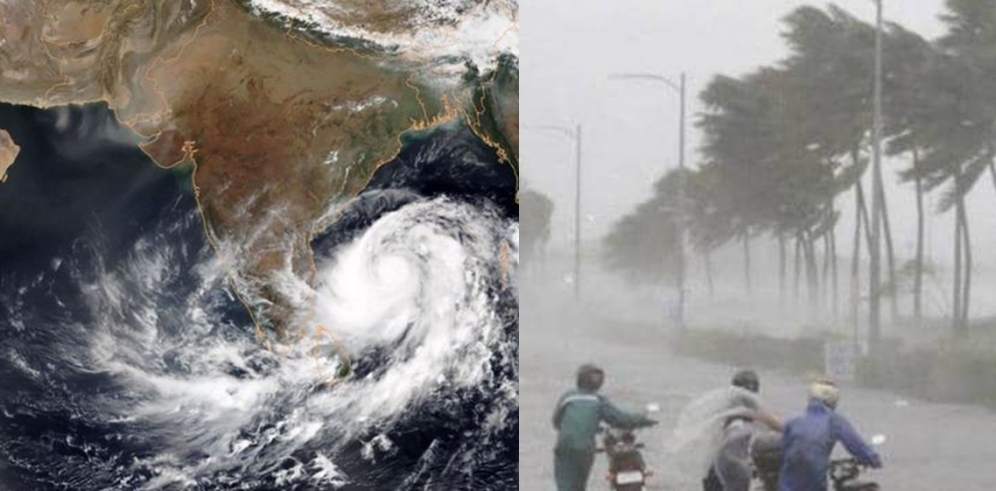
KATHMANDU, May 3: The Ministry of Home Affairs has urged to halt helicopter flights to eastern mountainous areas of the country till tomorrow warning that there is a possibility of heavy snowstorm in the areas.
In its update on Twitter, the National Emergency Operations Centre (NEOC) asked to suspend the helicopter flights to the eastern mountainous areas today and tomorrow.
 “We also request the tourists and travelers visiting the area to stay in safe places,” read the notice issued by the NEOC on Friday.
“We also request the tourists and travelers visiting the area to stay in safe places,” read the notice issued by the NEOC on Friday.
The notice comes amid reports that a cyclone emerging from the Indian Ocean will have some "general effects" in the eastern parts of Nepal on Friday and Saturday.
The Government of India has already evacuated nearly a million people in the eastern coast of the country including Odisha as part of a precautionary move to save people from the possible disaster.
“We should not be terrified from the cyclone,” said Barun Paudel, senior meteorologist at the MFD. “The central cyclone force will not affect Nepal,” Paudel said, “The outer clouds will enter the eastern parts from Kathmandu from Friday evening.
The eastern parts will witness cloudy weather, drizzle to mid-range rain, thunderstorms, winds, and lightning while there will be heavy snowfall in the mountainous region on Saturday and Sunday,” he added. “There are chances of heavy rain in Biratnagar area on Saturday and Sunday.”
A cyclone is a regular process of oceanic winds. Its impacts depend on the course it takes, said Paudel. “It has already entered Odisha of India and is moving toward the northern parts. Its power will gradually decrease,” said Paudel. “The cyclone is moving toward Bangladesh. As a result, it will generally affect the eastern parts including the mountainous region of Nepal,” he added. However, there is no need to panic as there is no chance of any critical disturbances.”
Tourists and trekkers in the eastern mountainous region including Mt Everest should be very aware of the impacts of the cyclone though the cyclone will not directly affect Nepal, according to the Department of Hydrology and Meteorology (DoHM).
Pre-monsoon activities have become more active this year compared to the last year in Nepal. The period from March to May is called pre-monsoon while the period from June to August is known as the monsoon period. During the pre-monsoon period, there are chances of rains, thunderstorms, hailstorms, winds, and lightning. Rainfall and weather disturbances were higher this winter.
You May Like This

Hints of normalcy in mountains as Fani weakens
KATHMANDU, May 5: Weather across the country including the mountain region has shown signs of returning to normal as Cyclone... Read More...
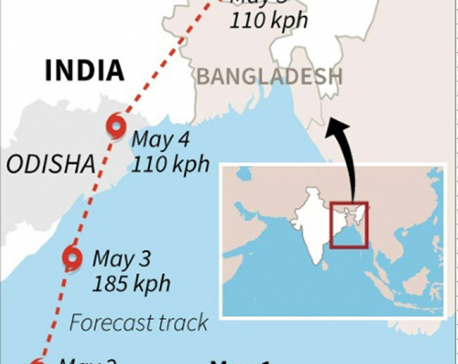
Cyclone Fani hits Indian coast, a million people evacuated
BHUBANESHWAR, May 3: A powerful cyclone lashed coastal areas of eastern India on Friday with torrential rain and winds gusting... Read More...
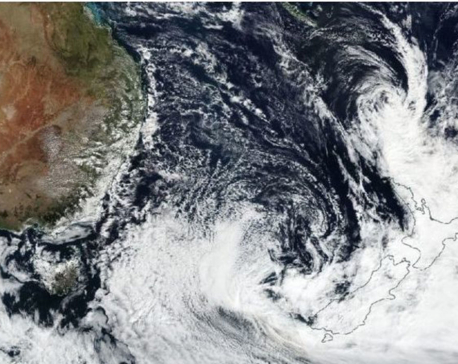
780,000 evacuated in India ahead of major cyclone
May 2: Nearly 800,000 people in India's eastern coastal districts have been evacuated ahead of the expected arrival of a... Read More...



Just In
- President Paudel approves mobilization of army personnel for by-elections security
- Bhajang and Ilam by-elections: 69 polling stations classified as ‘highly sensitive’
- Karnali CM Kandel secures vote of confidence
- National Youth Scientists Conference to be organized in Surkhet
- Rautahat traders call for extended night market hours amid summer heat
- Resignation of JSP minister rejected in Lumbini province
- Russia warns NATO nuclear facilities in Poland could become military target
- 16th Five Year Plan: Govt unveils 40 goals for prosperity (with full list)











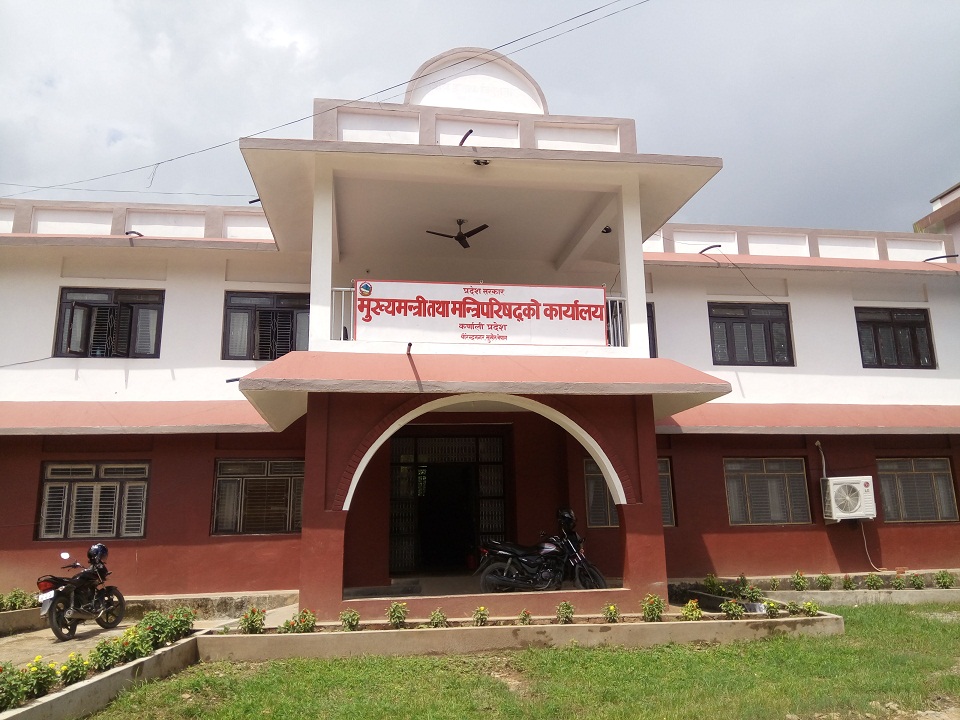

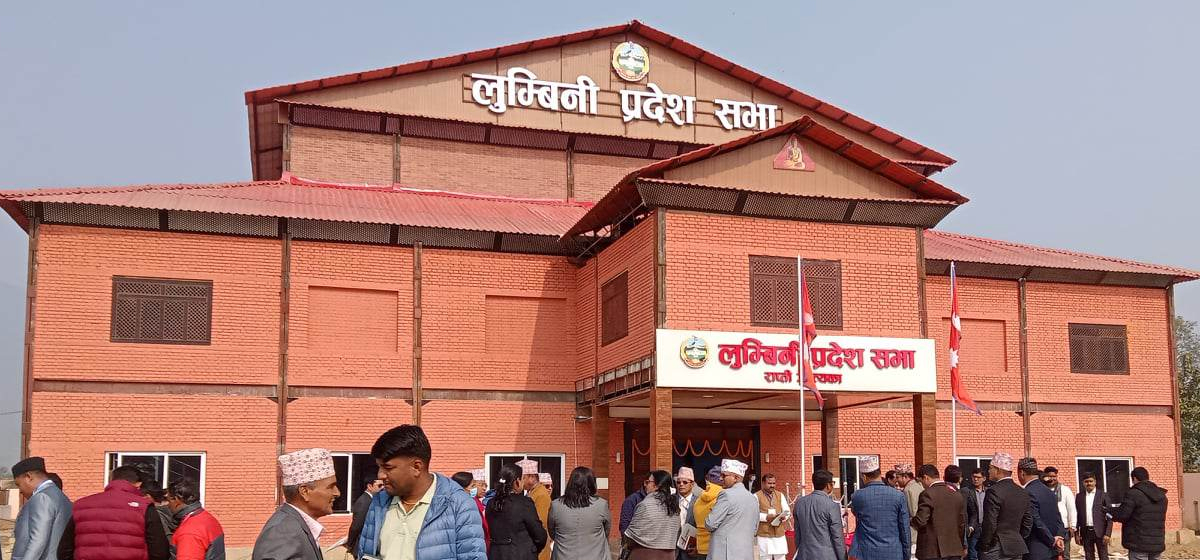
Leave A Comment